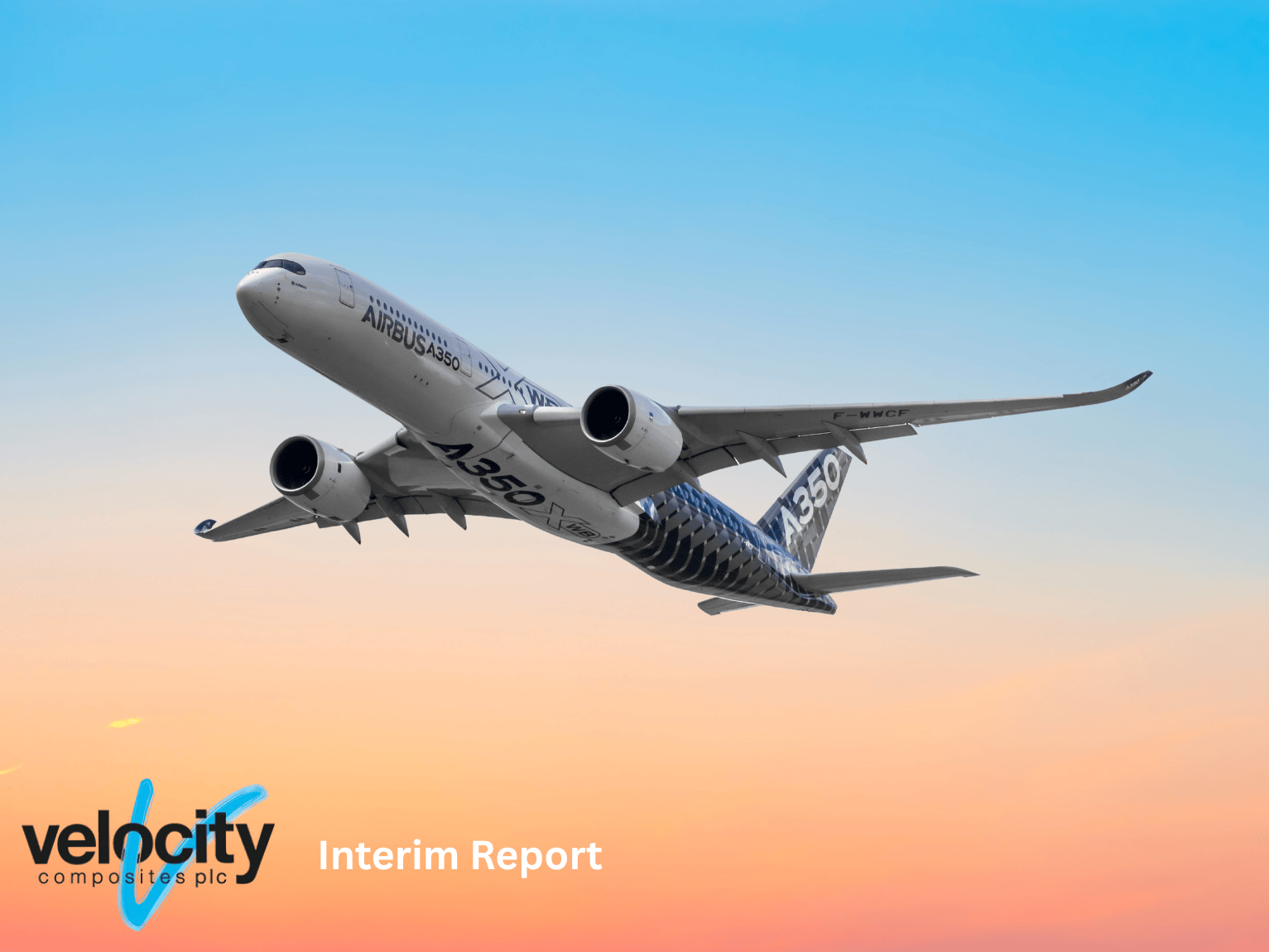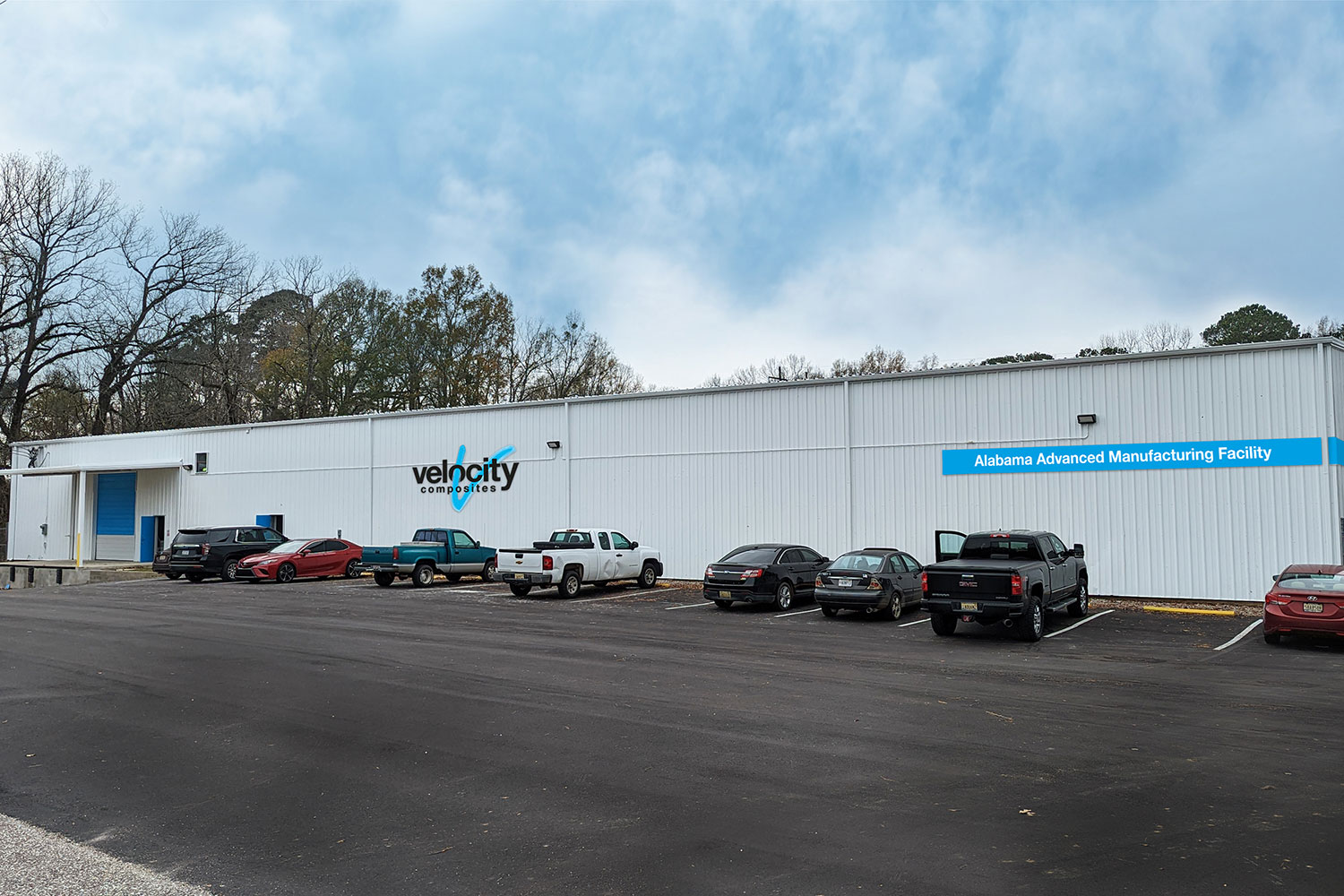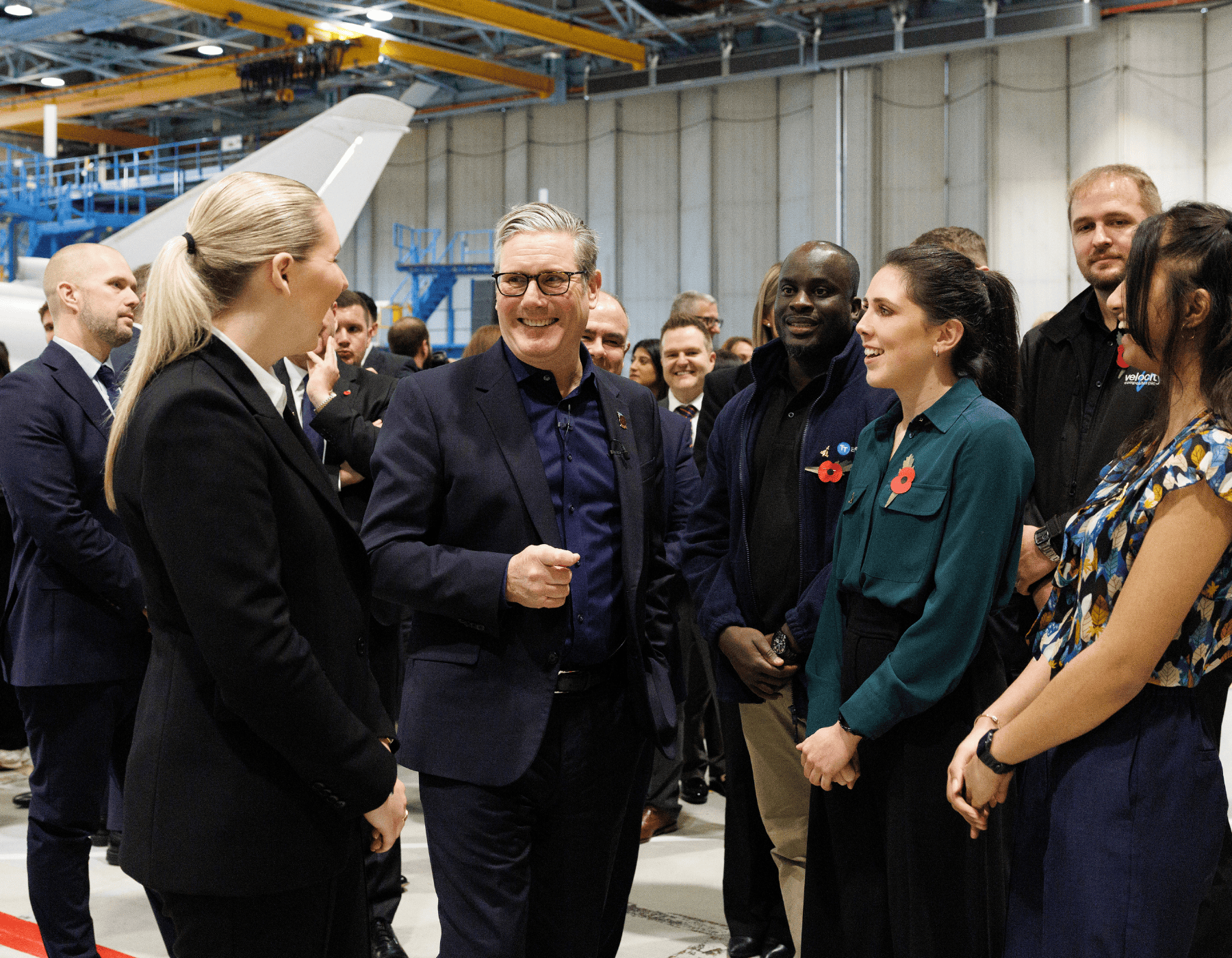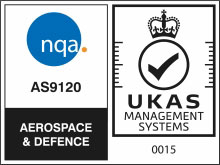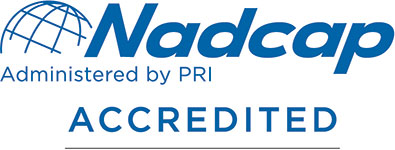Velocity Composites plc has reported continued operational progress in its interim results for the six months to April 30, 2025, as the aerospace and defence supplier remains focused on stabilising its core business and positioning for growth, particularly in the US and defence sectors. While revenue for the period dipped slightly to £10.4 million from £10.7 million a year earlier—a decline attributed to delayed US programme qualifications and reduced demand from A350 customers due to the delayed programme ramp up—the company delivered a gross margin improvement driven by continued internal operational improvements and some inflationary pricing recovery as contracts were renewed. It also recorded an adjusted EBITDA profit of £0.3 million, marking its first first-half profit since the pandemic and a clear sign of underlying recovery.
“This result reflects the steady improvement in our technology driven operational performance and our ability to work with our customers to respond decisively to industry pressures,” said Jon Bridges, Chief Executive Officer. “Despite persistent civil aerospace supply chain headwinds, we’ve focused on what we can control—efficiency, cost discipline, and strategic investment—particularly in our technology, US facility and defence opportunities.”
Velocity, headquartered in Burnley, develops and manufactures advanced composite material kits used in the construction of civil and military aircraft. With major aerospace manufacturers still operating below pre-pandemic production levels and programme ramp-ups repeatedly delayed, the firm has leaned into operational efficiencies and margin resilience rather than top-line expansion.
Rob Smith, Chief Financial Officer, said the margin recovery and working capital control were central to the improved financial position. “We’ve taken a disciplined approach to cash and cost, with debtor days reducing materially and operating cash flow moving in the right direction. While overall cash declined slightly to £1.2 million, we retained a net cash position of £0.4 million and headroom in our lending facilities,” he said.
In the US, the company reported “good, planned progress” at its Alabama site, with a key aero-engine programme—originally expected to enter full production in 2024—now set to reach sustained output in the second half of FY25, subject to customer availability. Operational capacity was bolstered by the installation of a large permanent freezer, a move that replaces temporary equipment and enhances both capacity and energy efficiency.
The US market is also increasingly central to Velocity’s strategy, with new business development efforts underway across both the civil and defence sectors. Greater stability in the global aerospace supply chain, together with rising defence spending, is expected to support further commercial traction in the region.
Meanwhile, in Europe, the business has seen benefits from pricing agreements agreed in FY24, which have helped to recover margin impacted by inflation during the previous contract periods.. A350 programme production, , remains subdued in 2025 due to ongoing industry-wide constraints. Nonetheless, Velocity is continuing to engage with existing civil customers while actively bidding for new commercial and defence programmes across the UK and EU.
Despite the modest revenue performance in H1, the board remains cautiously optimistic about the medium-term outlook. The planned sale of Spirit AeroSystems’ civil operations to Airbus and Boeing—expected to complete in H2 2025—is anticipated to bring industry wide clarity around future production volumes and assists with new opportunities for suppliers like Velocity.
Bridges noted that while FY25 is likely to mirror FY24 in terms of revenue, improving margins on the back of operational maturity should lay the groundwork for growth in FY26. “The ramp-up in key civil programmes is now expected next year. When it comes, there is reason the believe that it will coincide with increased demand from defence customers, leading to customers in both markets to outsource to reduce costs, eliminate inventory and free up much needed manufacturing space —areas where we are increasingly well-placed to support,” he said.
Velocity’s medium-term targets remain unchanged: a gross margin of over 25%, adjusted EBITDA margin of 10%, and a return on capital of 25%. With new leadership support in place, including a recently appointed COO, the business is confident it can deliver on these goals as the aerospace market normalises.
“FY26 should see the beginning of a more meaningful recovery in civil aerospace,” Bridges concluded. “Until then, we’re focused on customer delivery, overall efficiency, operational excellence, and strategic wins—particularly in defence and the US.”

